| dc.contributor.author | Bento, Ricardo Ferreira | en |
| dc.contributor.author | Rocha, Bruno Aragão | en |
| dc.contributor.author | Freitas, Edson Leite | en |
| dc.contributor.author | Balsalobre, Fernando de Andrade | en |
| dc.date.accessioned | 2020-09-11T04:29:36Z | |
| dc.date.available | 2020-09-11T04:29:36Z | |
| dc.date.issued | 2019-10 | |
| dc.identifier.citation | Bento RF, Rocha BA, Freitas EL, Balsalobre FA. Otobone®: Three-dimensional printed Temporal Bone Biomodel for Simulation of Surgical Procedures. Int Arch Otorhinolaryngol. 2019 Oct;23(4):e451-e454. doi: 10.1055/s-0039-1688924. | en |
| dc.identifier.other | 10.1055/s-0039-1688924 | |
| dc.identifier.uri | http://digital.bibliotecaorl.org.br/handle/forl/416 | |
| dc.description.abstract | INTRODUCTION: The anatomy of the temporal bone is complex due to the large number of structures and functions grouped in this small bone space, which do not exist in any other region in the human body. With the difficulty of obtaining anatomical parts and the increasing number of ear, nose and throat (ENT) doctors, there was a need to create alternatives as real as possible for training otologic surgeons. OBJECTIVE: Developing a technique to produce temporal bone models that allow them to maintain the external and internal anatomical features faithful to the natural bone. METHODS: For this study, we used a computed tomography (CT) scan of the temporal bones of a 30-year-old male patient, with no structural morphological changes or any other pathology detected in the examination, which was later sent to a 3D printer in order to produce a temporal bone biomodel. RESULTS: After dissection, the lead author evaluated the plasticity of the part and its similarity in drilling a natural bone as grade “4” on a scale of 0 to 5, in which 5 is the closest to the natural bone and 0 the farthest from the natural bone. All structures proposed in the method were found with the proposed color. CONCLUSION: It is concluded that it is feasible to use biomodels in surgical training of specialist doctors. After dissection of the bone biomodel, it was possible to find the anatomical structures proposed, and to reproduce the surgical approaches most used in surgical practice and training implants. | en |
| dc.language.iso | en_US | en |
| dc.publisher | Int Arch Otorhinolaryngol. 2019 Oct;23(4):e451-e454. doi: 10.1055/s-0039-1688924. | |
| dc.source.uri | https://doi.org/10.1055/s-0039-1688924 | |
| dc.subject | Rapid Prototyping | en |
| dc.subject | Temporal Bone | en |
| dc.subject | Printing | en |
| dc.subject | Three-Dimensional | en |
| dc.subject | Biomodels | en |
| dc.title | Otobone®: Three-dimensional printed Temporal Bone Biomodel for Simulation of Surgical Procedures | en |
| dc.title.alternative | Int Arch Otorhinolaryngol. 2019 Oct;23(4):e451-e454. doi: 10.1055/s-0039-1688924. | en |
| dc.type | Artigo | en |
